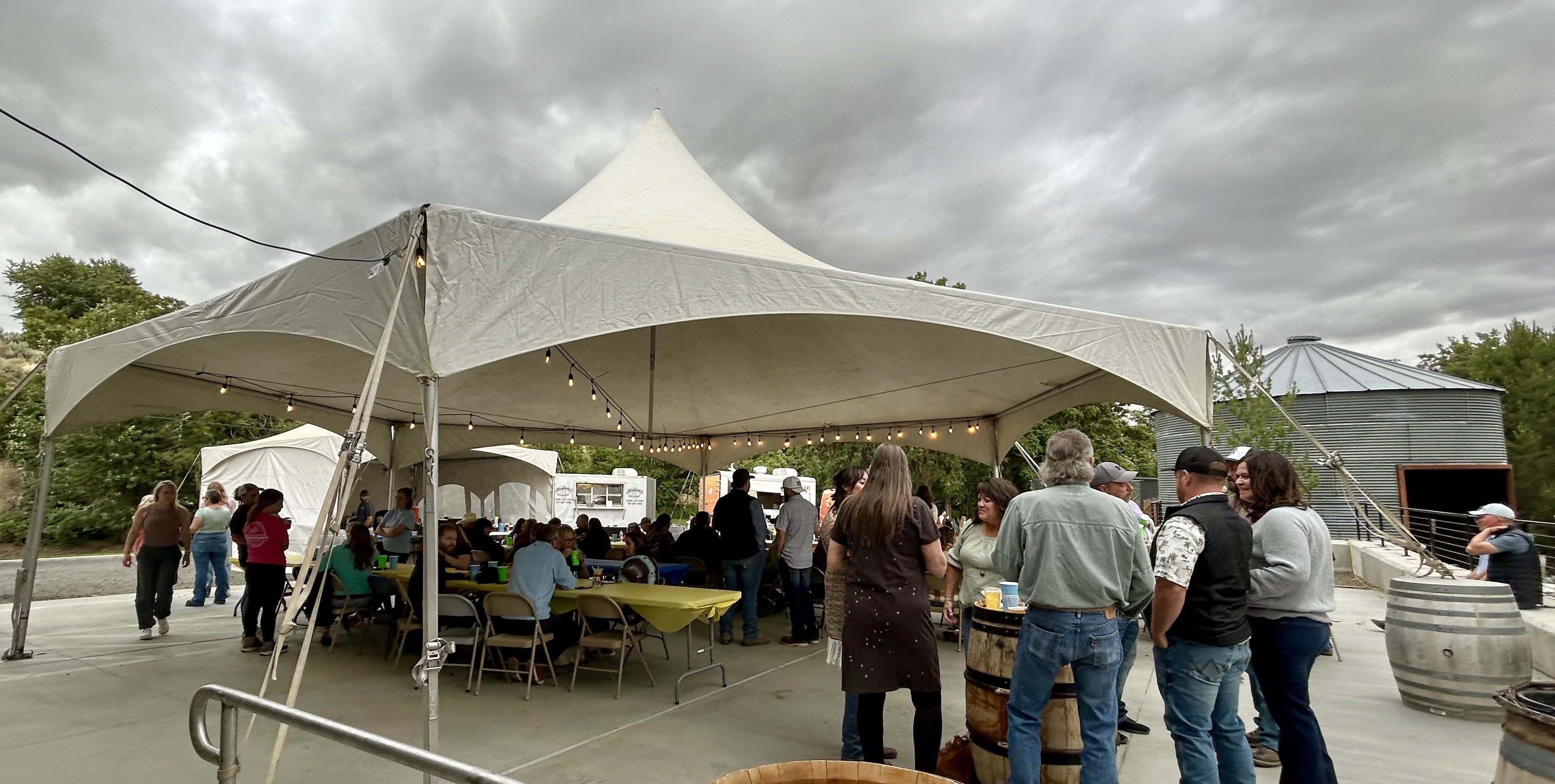TWO CITIES: Where dryland meets irrigation
Published 10:08 am Monday, August 11, 2014
One is the breadbasket of Oregon, and the other its salad bowl.
With just 12.66 inches of average annual rainfall, Pendleton-area farmers rely heavily on dryland crops namely winter wheat to make their living. Approximately one-third of the states wheat comes from Umatilla County, which in 2012 produced more than 18 million bushels on 250,645 acres.
Its a much different profile 30 miles away in Hermiston. While even warmer and drier than its neighbor to the east, Hermiston enjoys the luxury of pumping irrigation water from the Columbia River, allowing farmers to grow a wider variety of 200 different crops.
Both cities depend on agriculture for their economic base, and together they share in the same infrastructure and supplies that helped Umatilla County generate more than $487 million in gross farm and ranch sales in 2012 which ranks second in the state only to Marion County.
But Don Horneck, extension agronomist with Oregon State University, said thats about where the similarities end.
The differences between Pendleton and Hermiston for agriculture are endless, Horneck said.
Dryland farming around Pendleton is a technique that requires careful management of the limited moisture in soil. Though winter wheat has proven particularly well adapted to Pendletons climate, alternative crops are limited.
Some growers in the area are working to introduce canola and barley in their fields, which could catch on under the right market conditions. Until then, those acreage totals remain comparatively low.
Irrigation, on the other hand, lets farmers raise everything from potatoes to onions and corn. River Point Farms in Hermiston is the nations largest grower, packer and shipper of processed onions. In nearby Boardman, ConAgra Foods Lamb Weston recently expanded its potato processing plant to make another 300 million pounds of french fries every year.
Those two businesses alone represent 1,600 jobs for Hermiston residents. The key, Horneck said, is availability of water.
Pendleton would be the star, period, if it werent for irrigation water, he said. Irrigated agriculture has really been the foundation that Hermiston has built its economic development.
The turning point came in the late 1960s and 1970s, with the development and spread of irrigation pivots, Horneck said. That allowed farmers to put water on the desert, which has turned Hermiston from a blip on the map into Eastern Oregons largest city.
Thats not to say dryland wheat isnt a major backbone of the regions farm production, especially among exports. In 2012, wheat was Oregons fifth most valuable overall commodity at $472 million. Potatoes came in seventh, at $172.8 million. Corn and onions rounded out the top 10.
Of all wheat grown in Umatilla County, 88 percent is dryland, according to the 2012 Census of Agriculture.
The value of irrigated vegetables, Horneck said, comes with the additional food processing into packaged products. Figures provided by Bruce Sorte, OSU extension economist, show food and fiber manufacturing account for an estimated 2,170 jobs county-wide, and are expected to generate nearly $880 million in total sales this year.
The economic impact of potatoes and irrigated vegetables is huge, Horneck said.
Sorte, however, emphasized how the cities of Pendleton and Hermiston work together by sharing workforce, support industries, training and research needed to keep their farm economies strong.
Support services, such as fuel, agronomy and transportation, work in both communities to keep farmers productive. Those businesses boast another 914 jobs in Umatilla County, with $18.7 million in total sales.
Pendleton and Hermiston also each have their own agricultural research stations with OSU the Columbia Basin Agricultural Research Center and Hermiston Agricultural Research and Extension Center. Experiments are geared to fine-tune new products, practices and technology for farming each area.
Future development of added farmland appears bright. One local group, the Northeast Oregon Water Association, is working to secure three new water rights out of the Columbia River that, if successful, could put up to 200,000 more acres into full production.
Pendleton and Hermiston certainly have their differences, Sorte said. But those differences work much better together than they do apart. You simply cant have a weak link in the chain.
In rural areas, everybody struggles to survive, Sorte said. Communities work with a lot of constraints. I just think its so important they work together.
Contact George Plaven at gplaven@eastoregonian.com or 541-564-4547.





